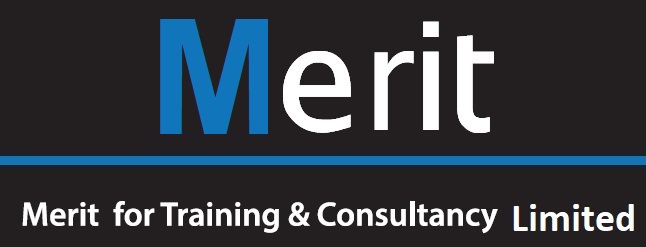Risk management is an essential aspect of project management that involves identifying, assessing, and mitigating potential risks that could impact the successful completion of a project. In order to effectively manage risks, project managers need to implement best practices that help to minimize the impact of these risks on the project’s objectives. In this article, we will discuss some of the best practices for project managers in risk management, focusing on the keyword “إدارة المخاطر.”
One of the key best practices for project managers in risk management is to establish a formal risk management plan at the beginning of the project. This plan should clearly outline the processes and procedures that will be followed to identify, assess, and mitigate risks throughout the project lifecycle. By having a documented plan in place, project managers can ensure that all team members are aware of their roles and responsibilities in managing risks effectively.
Another best practice for project managers in risk management is to actively involve stakeholders in the risk management process. This includes not only the project team members, but also key stakeholders such as customers, suppliers, and other relevant parties. By engaging stakeholders in risk identification and assessment, project managers can gain valuable insights into potential risks that may have been overlooked and develop more effective risk mitigation strategies.
Additionally, project managers should regularly review and update the risk management plan as the project progresses. Risks can change over time, so it is important to continually assess and reassess the risks that the project faces. By regularly reviewing the risk management plan, project managers can ensure that it remains relevant and effective in addressing the project’s current risk profile.
One of the most important best practices for project managers in risk management is to prioritize risks based on their likelihood and impact on the project. Not all risks are created equal, and project managers need to focus their efforts on addressing the risks that pose the greatest threat to the project’s success. By prioritizing risks, project managers can allocate resources more efficiently and focus on mitigating the most critical risks first.
In conclusion, risk management is a critical aspect of project management that requires careful planning and proactive decision-making. By implementing best practices such as establishing a formal risk management plan, involving stakeholders in the risk management process, and regularly reviewing and updating the plan, project managers can effectively manage risks and improve the likelihood of project success. By following these best practices, project managers can navigate the challenges of risk management and ensure the successful completion of their projects. “إدارة المخاطر” is essential for project managers to take into consideration when developing their risk management strategies.
************
Want to get more details?
Merit for training
https://www.merit-tc.com/
Dubai, United Arab Emirates
Are you ready to take your career to the next level? Discover how merit-tc.com can help you unlock your full potential and achieve success in your professional life. Stay tuned for exciting resources, tips, and opportunities to enhance your skills and advance your career.
